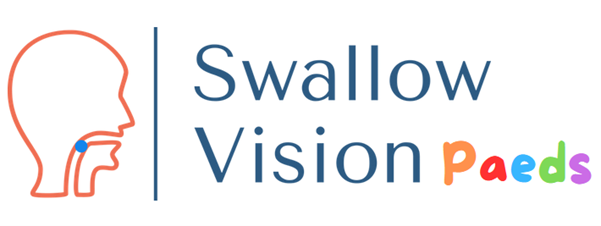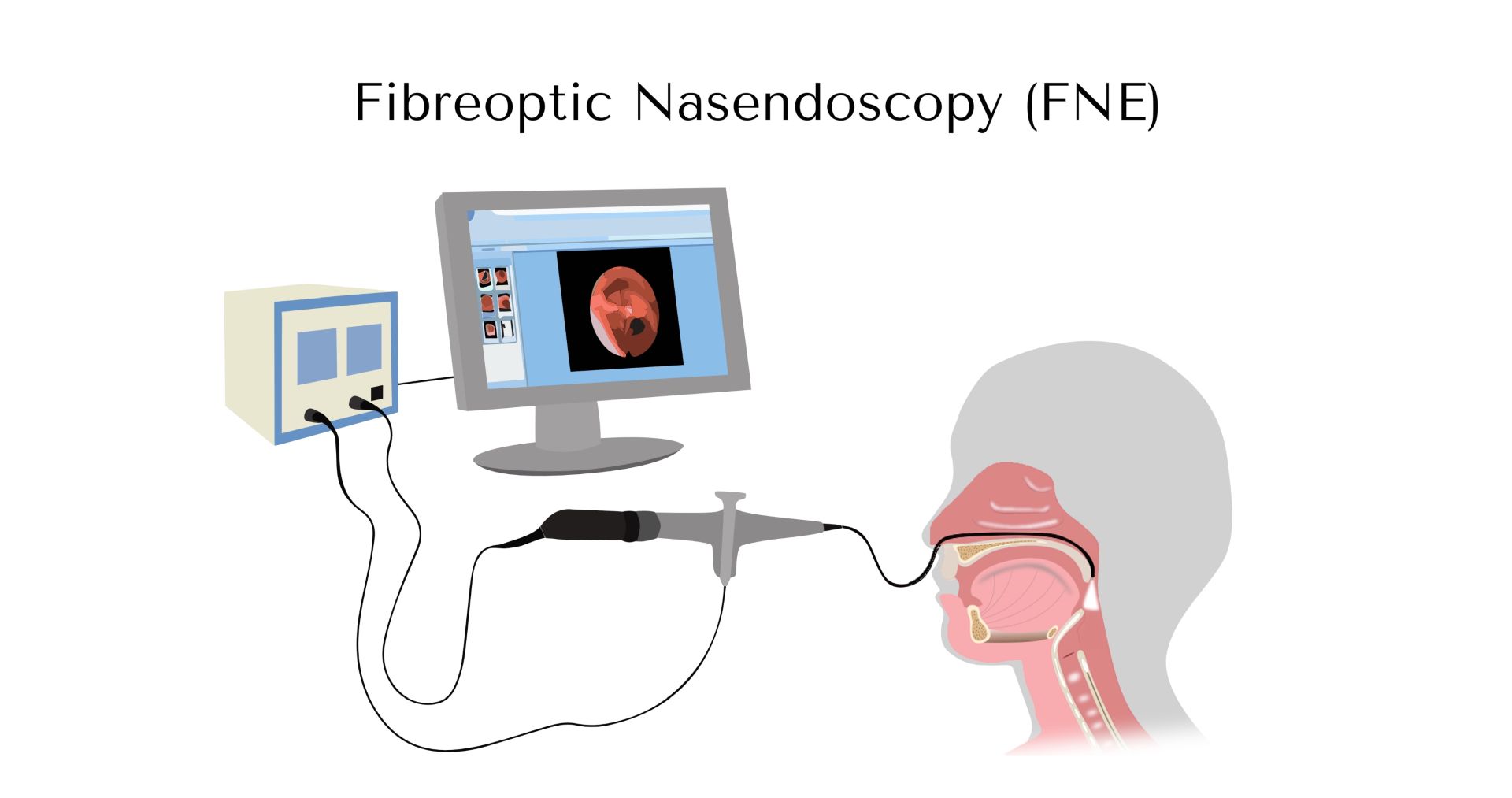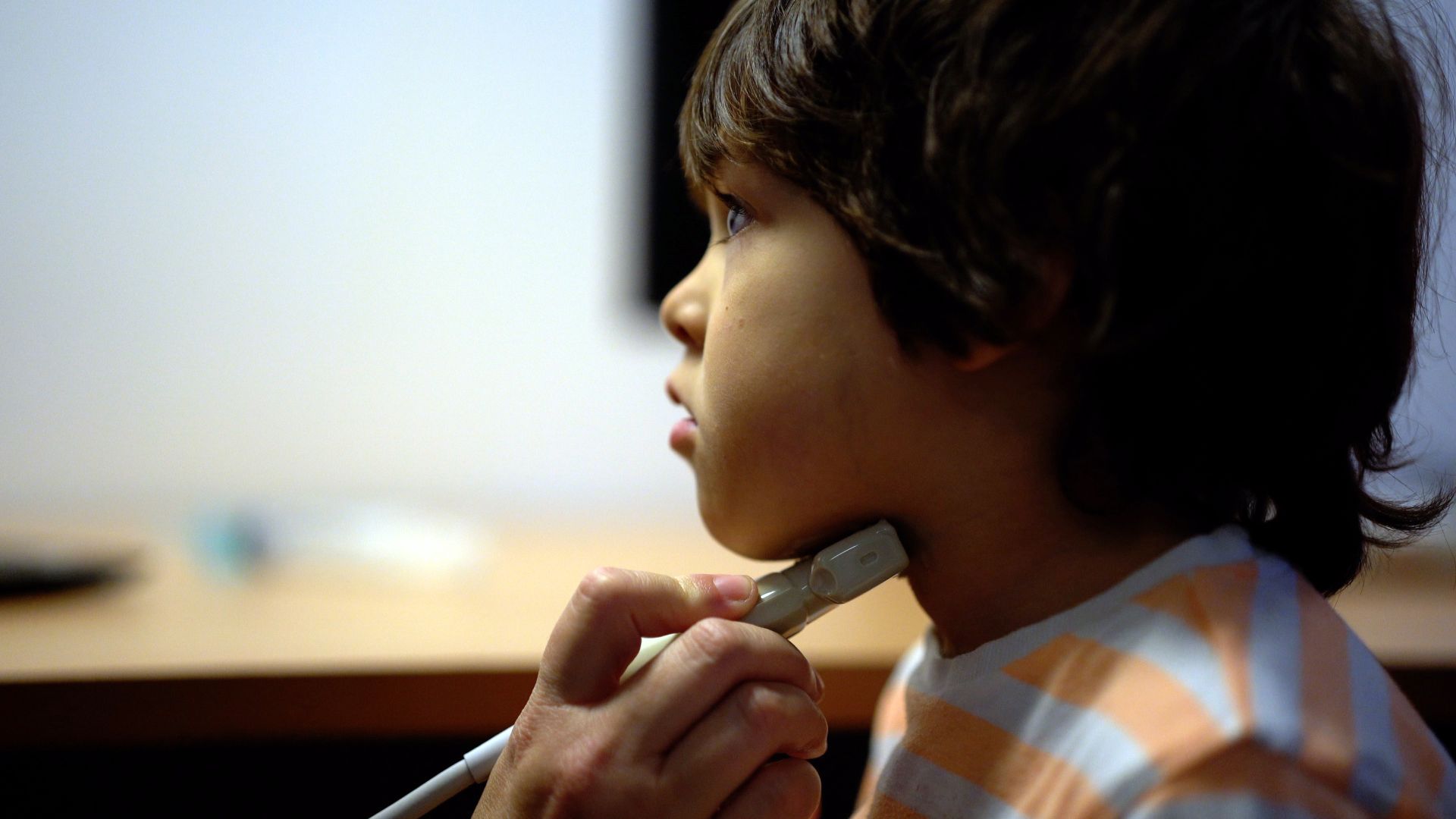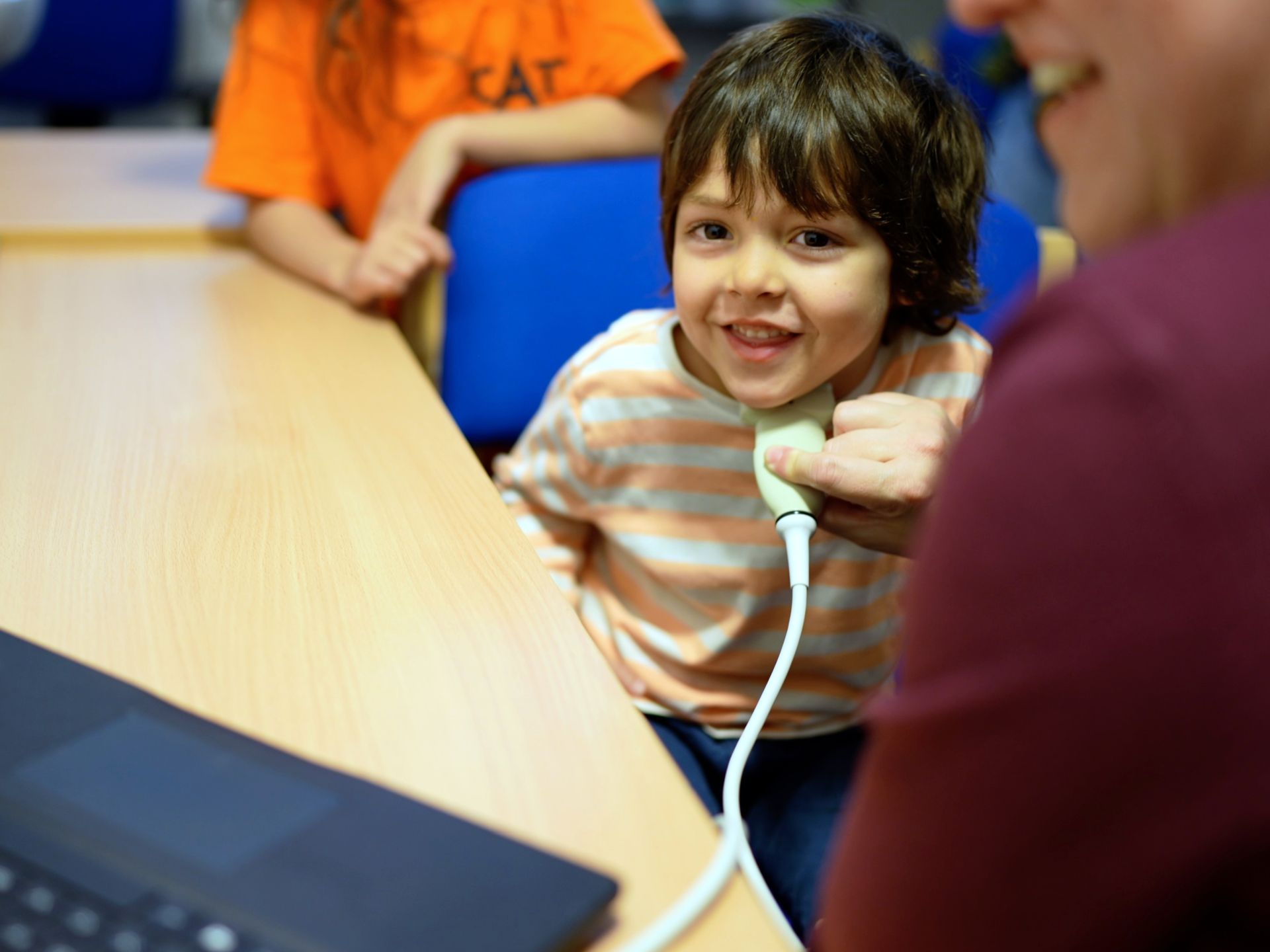
The use of ultrasound in speech and language therapy is an emerging field. In recent years, there have been new applications of ultrasound to assessment of swallowing and airway in the adult clinical population. Ultrasound as a clinical tool holds the potential to allow neonatal and paediatric speech and language therapists (SLTs) to observe feeding, eating, drinking and speaking in a new way, such as in sucking patterns in infants, vocal fold movement patterns during swallowing and when producing voice. In the Paediatric Laryngeal Ultrasound Project (PLUS-project), we aim to explore the clinical application of ultrasound to different areas of paediatric speech and language therapy.
The Paediatric Laryngeal Ultrasound Project (PLUS-project)
This project aims to explore how SLTs may be able to use ultrasound to evaluate vocal fold movement. In this video, we give an overview of the PLUS-project.
Vocal folds and their functions
In your voice box are two muscles called vocal folds that move when we use our voice, cough, and swallow.
Some infants and children have problems moving their vocal folds following surgery, being born with vocal folds that have limited movement, or due to damage caused by tubes used to help with breathing.
Assessment of swallowing and voice
SLTs may be involved in assessing infants’ and children’s swallowing and voice. They may refer these infants and children to an Ear, Nose and Throat doctor to check vocal fold movement. The doctor may put a small flexible camera through the infant or child’s nose to see the voice box from above and see how the vocal folds move. This procedure may not be well tolerated by all infants and children.

Ultrasound assessment of the vocal folds
Building on recent research, we believe ultrasound would be a useful, minimally invasive tool for SLTs to support early assessment of vocal fold movement for functions such as voice and swallowing, help plan support and allow ongoing monitoring.
Ultrasound is used in many healthcare areas and is considered a safe procedure.
This short, animated video demonstrates what can be expected during a laryngeal ultrasound procedure.
When performing an ultrasound assessment of the vocal folds, the probe is placed on the front of an infant or child’s neck to help visualise the movement of the vocal folds during breathing, voicing, and swallowing.

For small children like infants, the assessment might be carried out when they are lying down. For older children, they can sit on an adult’s lap or in a chair. We observe the vocal folds movement while the children are doing a few common tasks, such as breathing normally, making some sounds, or in the case of infants, giggles or babbles.

The moving images are recorded and saved on a computer where the SLT can analyse the movement patterns and changes in movement over time can be monitored.
Other potential applications of ultrasound in infants and children:
Ultrasound assessment of sucking, swallowing and laryngeal function in children utilises a dynamic ultrasonic procedure that could provide a direct view of the oral and pharyngeal functions during swallowing. There is currently limited research and evidence available and further exploration is required before clinical application.
Publications:
Viviers, M., Ma, J.K-Y., & Edwards, L. Nov 2024. British Laryngology association. Poster presentation. Co-designing research: Exploring the experience of parents/carers of children undergoing vocal fold examination and the potential use of laryngeal ultrasound by paediatric speech and language therapists.
Edwards, L., Ma, J.K-Y., & Viviers, M. Dec 2024. European Society for Swallowing Disorders. Poster presentation. Exploring speech and language therapist’s opinions on the use of laryngeal ultrasound in children and young people.
Viviers M, Edwards L, Asir M, Hibberd J, Rowe R, Phillips S, Thomas V, Keesing M, Sugar A, Allen J. Enhanced rapid review of the applicability of ultrasound in the assessment of sucking, swallowing and laryngeal function in the paediatric population. Int J Lang Commun Disord. 2022 Mar;57(2):422-440. doi: 10.1111/1460-6984.12695. Epub 2022 Jan 21. PMID: 35060665.
